Description
ABSTRACT
Unlocking Climate Finance in Africa: The Role of African Multilateral Development Banks
Geoffrey Adonu*
Climate change and its adverse effects on vulnerable communities are undermining global development. Developing countries, especially those in Africa, with their neartotal dependence on agriculture, are the most affected (despite their minimal contribution to global emissions). Effective climate action requires huge amounts of financial resources, both for climate mitigation and adaptation in affected communities. However, climate finance flows fall short of estimated need. For example, Sub-Saharan Africa reportedly need about US$377 billion and US$222 billion for climate adaptation and mitigation investments respectively, but total available financing is far from this target. This paper considers climate finance, with emphasis on Africa, and examines the role of the continent’s multilateral development banks in unlocking climate finance for the continent.
Keywords: Climate Finance, Climate Adaptation and Mitigation, Global Development, Development Banks, Africa.
INTRODUCTION
Climate change is one of the most critical problems confronting the world today.1 It threatens human existence in general and undermines global development.2 Rapid increase in greenhouse gas emissions and burning of fossil fuels, particularly for large-scale industrial activities, since the Industrial Revolution account for modern global warming.3 In 1988, the world took a major step towards addressing climate change, with the adoption of the United Nations Framework Convention on Climate Change (the “Convention”).4
* LLM Candidate and Hauser Global Scholar, New York University School of Law, 2020. I would like to thank Professor Ana Demel (in whose class “Financing Development Seminar” this paper was conceived), for her invaluable insights during the various class discussions on Climate and Green Financing. I am equally grateful to my classmates who made wonderful contributions on topics relating to this paper during our seminars. I would also like to thank the editors at The Gravitas Review of Business & Property Law for their thorough comments and revisions. All views expressed, as well as any errors herein, are mine.
- Hari M Osofsky, ‘Litigation’s Regulatory Pathway and the Administrative State: Lessons from US and Australian Climate Change Governance’ (2013) 25 Georgetown Int’l Envtl. Law Rev 207.- The author submits that responding to climate change is one of the most complex problems facing governments at the local, state, national and international levels; Preamble to the UN Convention on Climate Change (the “Convention”), para 1, states that ‘change in the Earth’s climate and its adverse effects are a common concern of humankind’.
- The World Bank, ‘Climate Change’ accessed 15 December 2019. According to the World Bank, climate change ‘is an acute threat to global development and efforts to end poverty’ and could push an additional 100 million people into poverty by 2030 and force 143 million people into climate migration by 2050.
- The Convention, para 2 of the preamble; Article 1 of the Convention defines the Climate System as ‘the totality of the atmosphere, hydrosphere, biosphere and geosphere and their interactions’.
- The Convention was adopted by the UN General Assembly on 9 May 1992 and came into force on 21 March 1994. See ‘What is the United Nations Framework Convention on Climate Change’ accessed 23 November 2019.

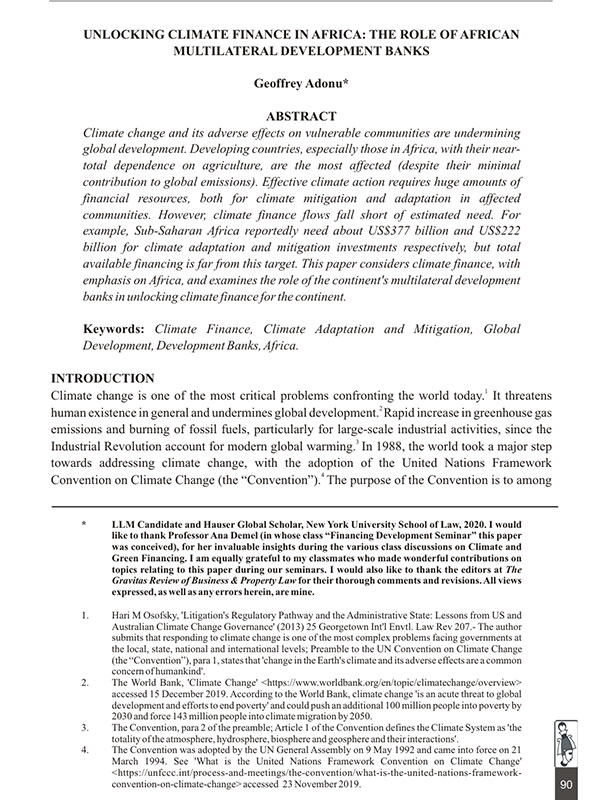
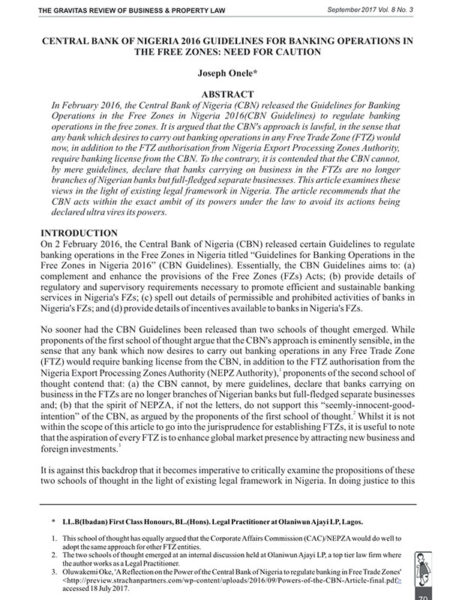

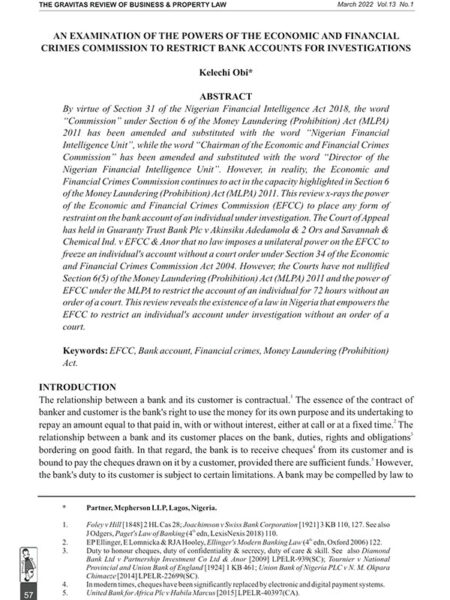
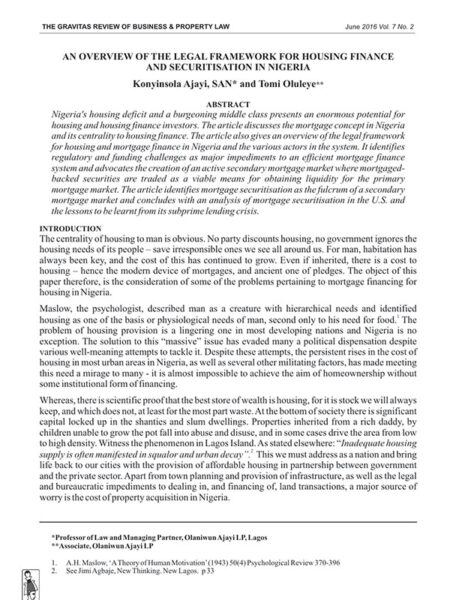
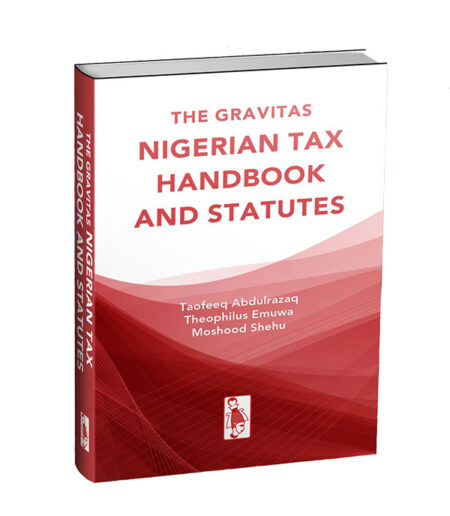


Reviews
There are no reviews yet.